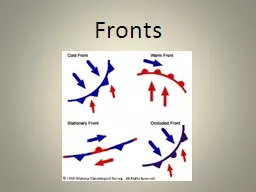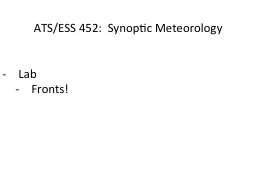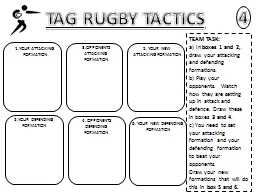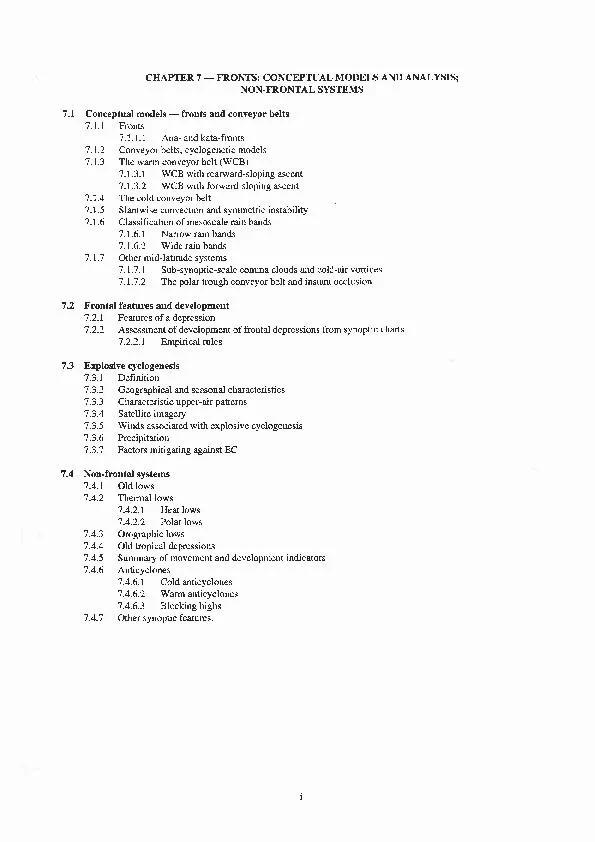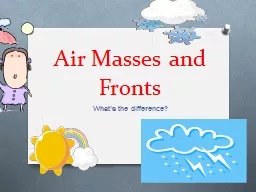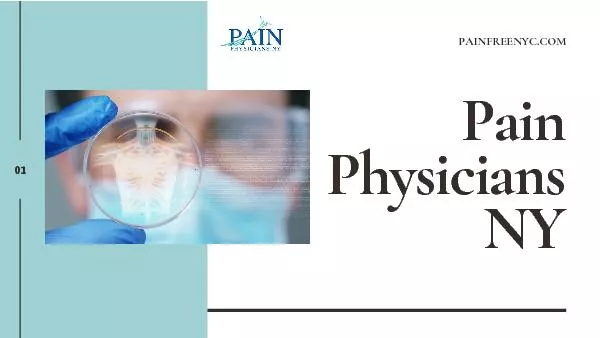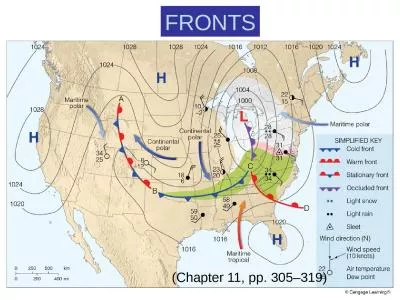PPT-Attacking Pain on all Fronts
Author : alida-meadow | Published Date : 2019-12-18
Attacking Pain on all Fronts Edward C Covington MD Why a Symposium on Pain Its difficult Many treatments none fully effective Patients suffer unnecessarily Optimal
Presentation Embed Code
Download Presentation
Download Presentation The PPT/PDF document "Attacking Pain on all Fronts" is the property of its rightful owner. Permission is granted to download and print the materials on this website for personal, non-commercial use only, and to display it on your personal computer provided you do not modify the materials and that you retain all copyright notices contained in the materials. By downloading content from our website, you accept the terms of this agreement.
Attacking Pain on all Fronts: Transcript
Download Rules Of Document
"Attacking Pain on all Fronts"The content belongs to its owner. You may download and print it for personal use, without modification, and keep all copyright notices. By downloading, you agree to these terms.
Related Documents



